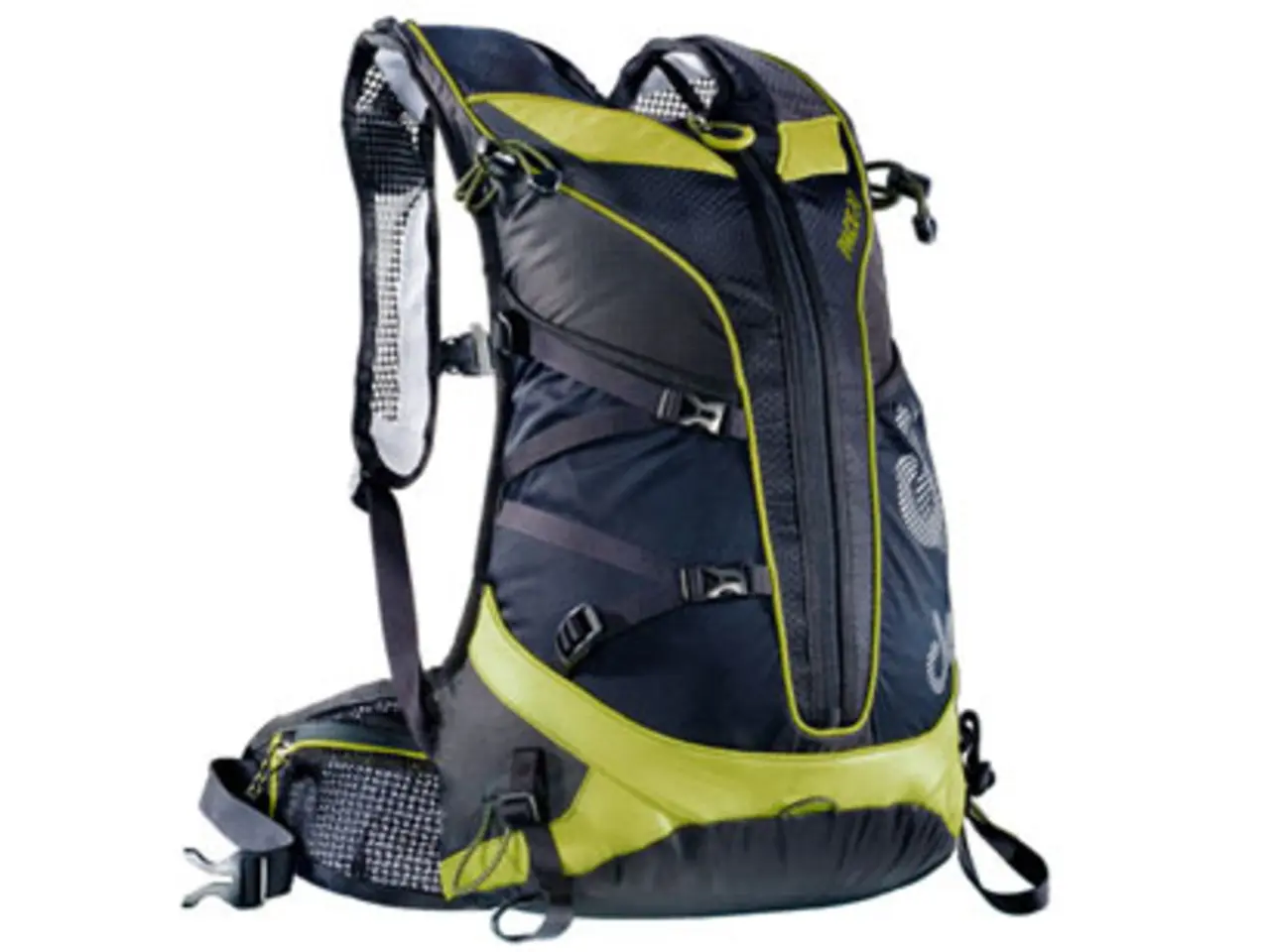Data individuals will be made aware of the following details:
As the summer heat waves approach, it's essential to ensure that children and adolescents stay safe and hydrated. The German Society for Nutrition (Deutsche Gesellschaft für Ernährung, DGE) has published guidelines to help parents and caregivers navigate these challenging conditions.
Firstly, children and adolescents should drink enough fluids, with the recommended amount depending on their age group. The DGE provides a comprehensive guide on recommended water intake for children and adolescents, which can be found at this link.
In addition to drinking enough fluids, it's crucial to choose light meals, such as fruits and vegetables, and serve them in small portions. Strenuous activities and vigorous playing should be avoided, and living spaces should be kept as cool as possible.
Ventilating the room in the morning and at night can help maintain a cool environment. During the day, use roller shutters to shade the apartment, and hang up cool towels if necessary. Cooling through water games or similar can be very refreshing for children.
Shared and playful drinking breaks, and having drinks readily available (ideally at every meal), can also encourage fluid intake. The variety of drinks, served in colorful glasses, and the use of straw (preferably reusable) can help increase drinking motivation.
When it comes to sun protection, sufficient sun protection is necessary at and in the water, as UV radiation is intensified during hot weather. For baby skin, light, body-covering clothing should be chosen instead of sunscreen. During heat waves, light and light-colored clothing should be worn, and a head and neck covering and sunscreen are important when outdoors.
Parents and caregivers should also set a good example with their own hydration habits. During heat waves, it's important to check the room temperature regularly, especially for babies and toddlers. The room temperature should not exceed 26°C; if it does, you must react.
In hot weather, it's essential to avoid the midday sun and seek out cool places or shade. It's also crucial to pay attention to breastfeeding more often than usual.
Lastly, it's crucial to pay attention to yourself and others during hot weather. Take the first symptoms seriously, and do not leave children in parked cars, as the temperature can rise to over 40°C within a few minutes.
By following these guidelines, parents and caregivers can help ensure that children and adolescents stay safe and hydrated during hot weather. Let's all work together to keep our little ones happy and healthy this summer.








